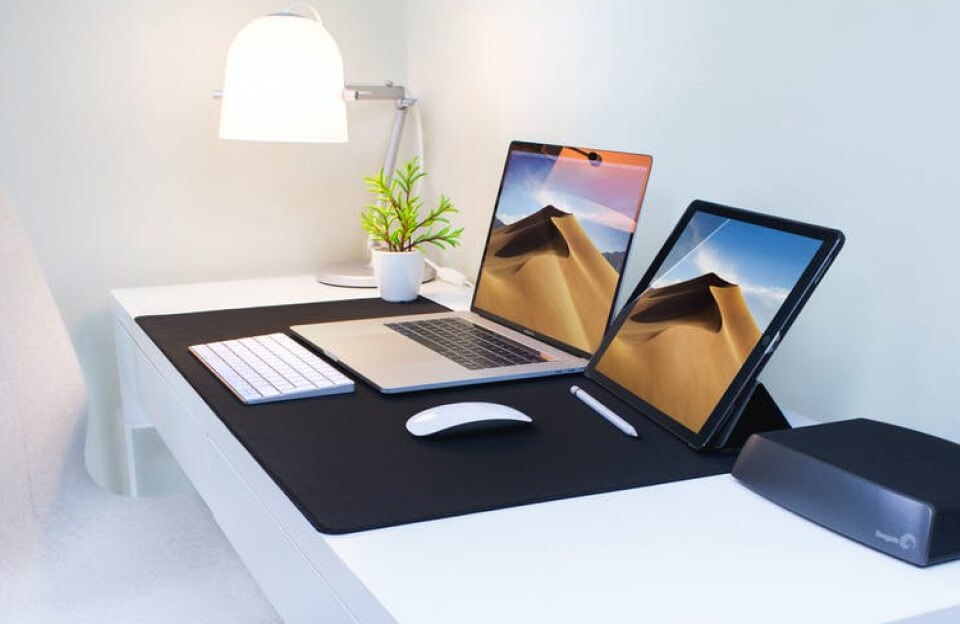In today’s digital world, flexibility is key—especially for developers, designers, gamers, and professionals who rely on both macOS and Windows to meet their needs. Whether you’re a Mac user who occasionally needs to use Windows-only software, or a Windows user curious about macOS, running both operating systems on the same machine offers the best of both worlds.
Here’s how it’s possible—and what you need to know to set up and run macOS and Windows 10 on the same computer.
Why Run macOS and Windows Together?
Each operating system offers unique advantages:
- macOS is known for its smooth user interface, optimized hardware-software integration, and creative ecosystem (Final Cut Pro, Logic Pro, etc.).
- Windows 10 excels in compatibility, gaming performance, enterprise software, and hardware flexibility.
By dual-booting or virtualizing, users can unlock productivity, compatibility, and performance—without needing separate machines.
Method 1: Dual Boot via Boot Camp (on Intel Macs)
Boot Camp Assistant is Apple’s official utility to install Windows on Intel-based Macs.
Steps:
- Backup your Mac using Time Machine.
- Open Boot Camp Assistant (found in Utilities).
- Partition your hard drive for Windows (minimum 64 GB recommended).
- Install Windows 10 ISO (download from Microsoft).
- Follow on-screen instructions to complete installation.
Pros:
- Full hardware access for each OS.
- Ideal for resource-heavy apps or gaming on Windows.
Cons:
- You can only use one OS at a time (requires restart to switch).
⚠️ Note: Boot Camp is not available on Apple Silicon (M1/M2) Macs.
Method 2: Virtualization with Parallels or VMware
If you’re using an M1/M2 Mac or need to run both OSes simultaneously, virtual machines (VMs) are the way to go.
Popular VM tools:
- Parallels Desktop
- VMware Fusion
- VirtualBox (less reliable for macOS)
Steps:
- Download and install your VM software.
- Create a new virtual machine.
- Load a Windows 10 ISO file to install.
- Run Windows alongside macOS in a window or full screen.
Pros:
- Seamless switching between OSes.
- Use macOS and Windows apps side by side.
Cons:
- Performance is limited by resource sharing.
- Gaming or graphic-heavy apps may lag.
Method 3: Hackintosh (For Windows PCs Only)
For Windows users who want to try macOS, a Hackintosh is a custom-built PC that runs macOS unofficially.
Requirements:
- Compatible hardware (Intel CPU preferred).
- macOS installer (requires a Mac or workaround).
- Bootloader (like OpenCore or Clover).
Pros:
- macOS experience on non-Apple hardware.
- Budget flexibility.
Cons:
- Legally gray area (violates Apple’s EULA).
- Software updates may break functionality.
- Complex setup, no official support.
Conclusion: Choose What Works for You
Running macOS and Windows 10 on the same computer is a powerful solution for users who want the benefits of both ecosystems. Whether you choose dual-booting for performance, virtualization for convenience, or a Hackintosh for experimentation, each method has its use case. With the right setup, you no longer have to choose between macOS and Windows—you can enjoy the strengths of both.
Tip: Always keep backups of your data before installing or modifying operating systems. Dual-boot setups and Hackintosh configurations can potentially lead to data loss if not handled carefully.
